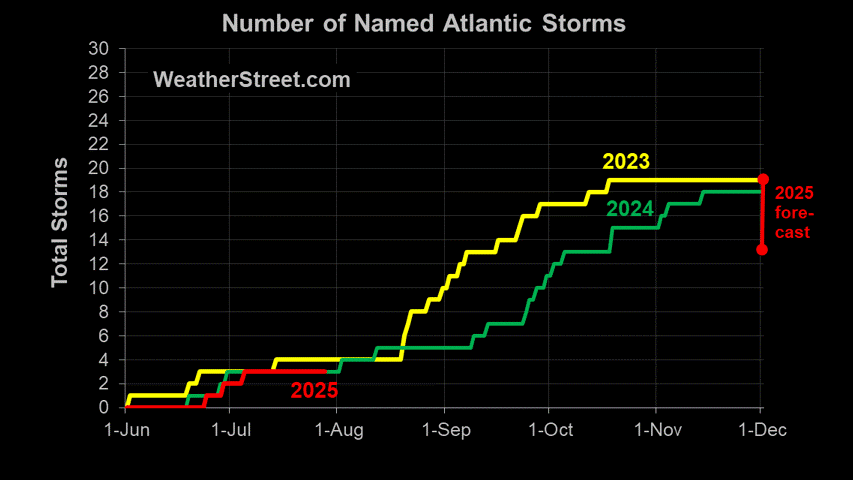What is an extratropical storm?

But what exactly is an extra-tropical cyclone?
Extratropical storms are major weather makers (USA Today)
The extratropical storm's center is an area of low atmospheric pressure with winds going counterclockwise in the Northern Hemisphere, clockwise south of the equator. The winds pulls cold air toward the equator from the polar regions and bring warm air toward the poles. The clash of warm and cold air leads to the widespread precipitation the storms bring.
--snip--
How extratropical and tropical storms differ:
Tropical cyclone
- Forms over a tropical ocean.
- Center of storm is warmer than the surrounding air.
- Has no fronts.
- Strongest winds are near the Earth's surface.
Extratropical cyclone
- Forms outside the tropics.
- Center of storm is colder than the surrounding air.
- Has fronts.
Strongest winds in the upper atmosphere.
It appears that Hurricane Bill will become an exratropical storm by combining with the front that kept it off the east coast, driving across in colder water and transforming its character from thermal dissipation to a system that is temperature and pressure dependent.
Extratropical cyclone (Wikipedia)
Extratropical transition
Tropical cyclones often transform into extratropical cyclones at the end of their tropical existence, usually between 30° and 40° latitude, where there is sufficient forcing from upper-level troughs or shortwaves riding the Westerlies for the process of extratropical transition to begin. During extratropical transition, the cyclone
begins to tilt back into the colder airmass with height, and the cyclone's primary energy source converts from the release of latent heat from condensation (from thunderstorms near the center) to baroclinic processes. The low pressure system eventually loses its warm core and becomes a cold-core system. During this process, a cyclone in extratropical transition (known in Canada as the post-tropical stage) will invariably form or connect with nearby fronts and/or troughs consistent with a baroclinic system. Due to this, the size of the system will usually appear to increase, while the core weakens. However, after transition is complete, the storm may re-strengthen due to baroclinic energy, depending on the environmental conditions surrounding the system. The cyclone will also distort in shape, becoming less symmetric with time.On rare occasions, an extratropical cyclone can transit into a tropical cyclone if it reaches an area of ocean with warmer waters and an environment with less vertical
wind shear.









<< Home